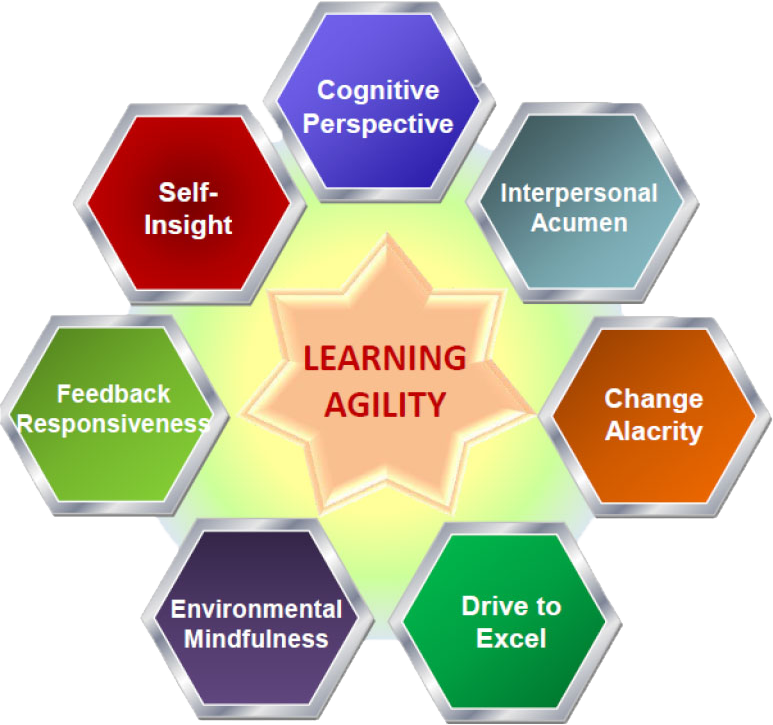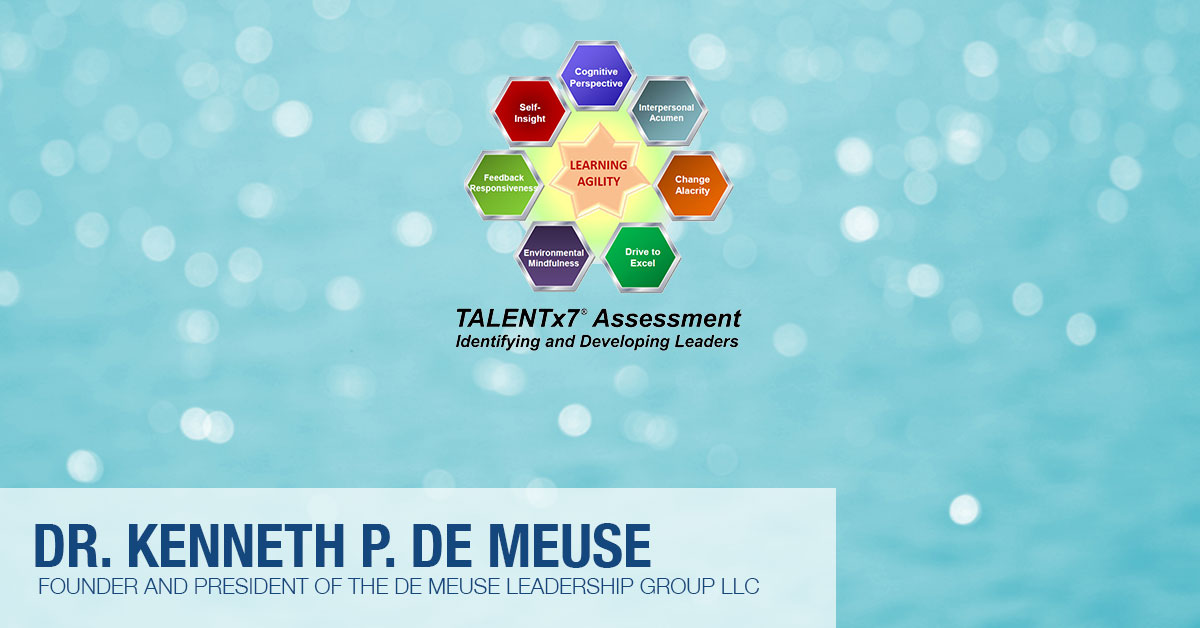Stories like the following are all too common in companies across the globe — with good people being asked to take roles they don’t like, and likely won’t perform well — and talented people kept in the wrong positions. Read on for two real-world examples…
John could hardly restrain himself, as tears welled up in his eyes. His only son was entering the Emerging Leaders Program (ELP); he had nominated J.J. (John Jr.) each of the past three years. Finally, he was green-lighted. It was a dream come true. After a 35-year career and rising to the level of Senior VP, John still could remember vividly his first days in the ELP — the sense of pride, that feeling of satisfaction and hope — it felt even better this time. He was sure that his son would climb the corporate ladder…maybe become president!
For J.J., however, the news really was not that joyous. He loved his job and liked his coworkers; being an engineer was all he ever wanted. He couldn’t imagine doing anything else, and, truth be told, he preferred to do the work himself. That’s where the fun was! He felt awkward trying to tell others what to do. He was making a real difference in the company. He thought, ‘Why would I want to manage others?’
It was a typical day for Amy — arriving to work early, making appointments, answering phone calls, rescheduling meetings…always making her boss look good. When she graduated from college with a perfect 4.0 in English Literature, she never in her wildest dreams thought that she would be someone else’s executive assistant. She was smart, motivated, disciplined, and talented — a true people person who could work with anyone. She was elected class president in her senior year of college; the world was her oyster! Yet, there was no way that her boss was going to nominate her for the ELP. She was too valuable to him. He needed her!
Time for a Reality Check
Research shows that organizations do a very poor job of identifying who to promote into management. Indeed, 40% of those employees designated as high potential, fail, within their first 18 months. Half of all managers derail during their careers. In general, organizations do a lousy job of identifying future leaders. The question is why? Certainly, organizations don’t intend to do it!
Much of the answer comes down to how employees are perceived and assessed. The social sciences have found humans make numerous errors when evaluating others. Findings indicate we view others who are similar to us more favorably; hence, perpetuating an ‘old boy’s club’ in many companies. There is the ‘halo effect,’ which is a cognitive bias to generalize our overall impression of others based on a specific attribute. For example: ‘He seems like a nice person’… therefore, ‘He must also be smart, motivated, and talented!’ We also tend to overrate IQ and underrate EQ. Perhaps, most insidiously, we infer others’ ability to perform future jobs in terms of how they perform their currentones; although this somewhat makes sense, moving into managerial roles requires new skills, competencies, and behaviors – even a new self-identity to some extent. Our ability and willingness to let go of old unneeded behaviors and latch onto new ones will determine our success.
Learning Agility – A Better Way
One of the best titles for a leadership book was written by Marshall Goldsmith several years ago. In his What Got You Here Won’t Get You There, Goldsmith emphasizes the notion that effective leaders understand they need to perform differently and develop new competencies when promoted. They recognize that the behaviors which caused them to be successful previously will not translate automatically to success in their new roles. The term learning agility captures the essence of this phenomenon. It can be defined as ‘the ability and willingness to learn from experience, and then apply those lessons to perform successfully in new and challenging leadership roles.’ Organizations around the globe such as Siemens, Novartis, Mondelez, Gold Fields, Merck, Pfizer, Delphi, Digital Planet, and the United Nations have been employing the concept to help them identify and develop their ‘high potentials.’
Learning agility requires us to be observant of what we do and how we do things. It requires us to have the cognitive, attitudinal, and behavioral flexibility to let go of old ways and latch on to new ones now needed in the new job or situation. It requires us to be comfortable with trying new things and experimenting. It requires us to unlearn and relearn as we grow our career. Although we all have a certain amount of learning agility, some of us have much more than others.
The application of learning agility enables companies to use science to manage their high potential talent. Researchers have found it to be strongly related to leadership potential. In fact, recently, scholars have observed it to be more correlated to leader success than either IQ or EQ. When measured properly, it can eliminate much of the guesswork, perceptual biases, and subjectivity from managerial selection and annual talent reviews. It levels the playing field for all employees, because hard data are examined to help measure an individual’s leadership potential. The conversation changes from hearsay, limited observations, and opinions to applying independently-collected and objective information to make such important talent decisions.
The TALENTx7® Assessment of Learning Agility
The TALENTx7® self-assessment was launched in 2015. Since then, it has become one of the most popular measures of learning agility and is used by organizations around the globe. It measures the following seven specific aspects of learning agility:
- Interpersonal Acumen – the ability to work with and lead a diversity of people, understanding and capitalizing on their unique motives, interests, strengths and weaknesses to perform successfully
- Cognitive Perspective – the ability to think critically and strategically to solve problems
- Environmental Mindfulness – being observant of our surroundings, fully attuned to changes in our environment, and not letting our emotions affect the way we view our work situation or behave
- Drive to Excel – setting challenging goals, being resourceful, resilient, and motivated by difficult assignments
- Self-Insight – knowing ourselves well, our capabilities, limitations, as well as beliefs, values, and personal goals
- Change Alacrity – being highly curious, open-minded, and eager to learn
- Feedback Responsiveness – our willingness to seek, listen to, and accept feedback and subsequently alter our behaviors to improve
The TALENTx7® is depicted visually in the form of a honeycomb, because the concept of learning agility is comprised of specific facets that individually contribute to its overall structure and collectively measure it.

Organizations can use the Overall Learning Agility score to help evaluate an employee’s potential for leadership; coaches can use scores on the seven facets to identify unique strengths and developmental areas that require attention. It provides a scientific metric to the identification and development of our next generation of leaders.
Conclusion
The importance of the proper identification and development of leaders has been recognized for a long time. Indeed, we can go back centuries to the election of popes in the Catholic Church and the selection of officers in medieval armies. Corporations today spend an inordinate amount of time conducting annual talent reviews and generating multiyear succession plans. Further, companies frequently devote endless hours to interviewing managerial candidates, checking their references, and ensuring they will fit their culture — oftentimes with little success. The application of learning agility enables companies to identify tomorrow’s leaders, today! Then develop them as they learn and grow their careers!
For more information on the TALENTx7® Assessment, please visit thetalentx7.com.
_____________________________________
Dr. Kenneth P. De Meuse is founder and president of the De Meuse Leadership Group LLC, a global network of more than 200 coaches certified on the TALENTx7® Assessment. The firm specializes in leader identification, executive coaching, and research on high potential talent.

